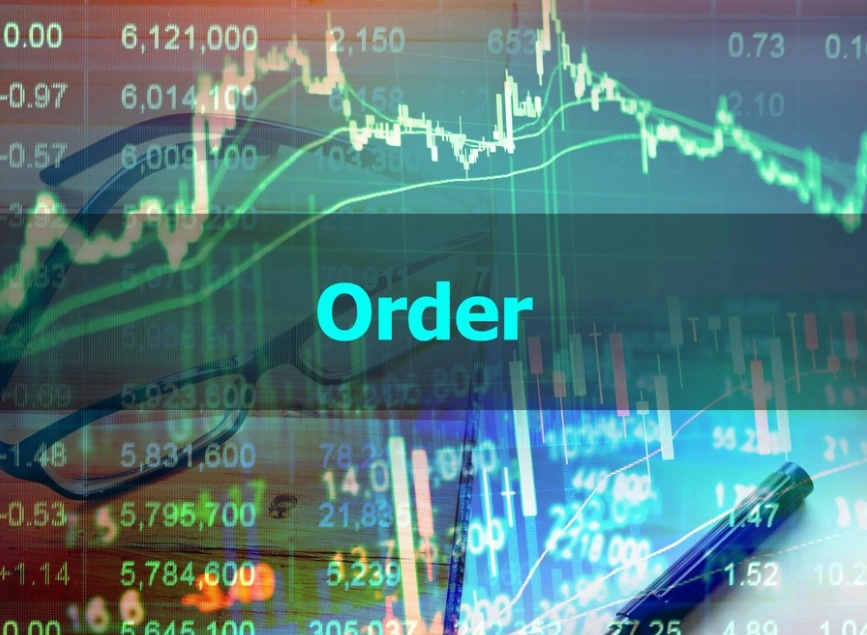
The 6 Most Common Trading Orders Every Trader Should Know
Estimated reading time: 4 minutes
Table of contents
When you place a trade in any financial market (stocks, forex, crypto) you’re not just clicking “buy” or “sell.” You’re actually sending a specific type of order to the market.
Each trading order type has a different purpose. Some help you enter quickly, some help you exit with precision, and others protect you from big losses.
Whether you’re day trading or investing long-term, understanding the main types of trading orders is essential.
1. Market Order 🟢
A market order is the simplest and fastest type.
What it does: Buys or sells immediately at the best available price.
When to use: When you want quick execution and are okay with the current price.
✅ Pros: Fast, easy, guarantees execution
❌ Cons: You may not get the exact price you see (called slippage)
Example: You see EUR/USD at 1.1200 and place a market buy order. Your order fills at the best price available—even if it’s 1.1203.
2. Limit Order 🔵
A limit order lets you set the exact price you want to buy or sell at.
What it does: Waits until the price reaches your set level, then executes.
When to use: When you’re targeting a specific entry or exit point.
✅ Pros: Price control, no slippage
❌ Cons: No guarantee your order will be filled
Example: You want to buy a stock at $100, but it’s trading at $102. You place a limit order at $100. It won’t fill until the price drops.
3. Stop Order (Stop-Loss) 🔴
A stop order becomes a market order after the price hits a certain level.
What it does: Triggers a buy or sell after the price crosses your stop level.
When to use: To protect profits or limit losses (stop-loss), or enter on breakouts (stop-entry).
✅ Pros: Risk control
❌ Cons: Can trigger in volatile markets and slip past your price
Example: You buy Bitcoin at $40,000 and set a stop-loss at $38,000. If the price drops, your order sells automatically to prevent further loss.
4. Stop-Limit Order 🟠
A stop-limit order combines a stop order and a limit order.
What it does: Triggers a limit order instead of a market order when the stop price is hit.
When to use: When you want to avoid slippage on your stop orders.
✅ Pros: More price control than a regular stop
❌ Cons: Risk of not getting filled during fast moves
Example: You set a stop at $50 and a limit at $49.50. If the price falls to $50, your order only fills at $49.50 or better.
Read More: Complete Guide to Otet Trading Accounts
5. Trailing Stop Order 🔁
A trailing stop moves with the market price to lock in profits.
What it does: Sets a stop-loss that adjusts as the price moves in your favor.
When to use: When you want to protect profits in a trending market.
✅ Pros: Auto profit protection
❌ Cons: Can trigger early in volatile markets
Example: You buy gold at $1,900 and set a 20-point trailing stop. If gold rises to $1,950, your stop moves up to $1,930.
6. OCO Order (One Cancels the Other) ⚖️
An OCO order is two orders linked together—when one executes, the other is canceled.
What it does: Lets you plan two scenarios (like breakout up or down) and manage both at once.
When to use: In volatile markets or around key levels.
✅ Pros: Flexible strategy setup
❌ Cons: More complex to set up
Example: You set a sell limit at $105 and a stop at $95. If the price hits $105, you sell and the $95 stop cancels automatically.
Quick Table: Types of Trading Orders
| Order Type | Execution Speed | Price Control | Best For |
|---|---|---|---|
| Market Order | ✅ Fast | ❌ Low | Quick trades |
| Limit Order | ❌ Slower | ✅ High | Specific entry/exit |
| Stop Order | ✅ Fast (after trigger) | ❌ Low | Risk protection |
| Stop-Limit Order | ❌ Can be slow | ✅ Moderate | Controlled exits |
| Trailing Stop | ✅ Dynamic | ✅ Adaptive | Protecting profits |
| OCO Order | ✅ Flexible | ✅ Dual-control | Managing both directions |
Summary
Mastering the types of trading orders is the first step toward becoming a smart, risk-aware trader.
Each order type serves a different purpose, fast execution, price control, or risk management. Knowing when and how to use each one helps you trade with confidence and discipline.
💬 Got questions about how to set these orders on your platform? Drop a comment and we’ll help!
❓ FAQ
What’s the safest type of trading order?
A limit order is usually safer in terms of price control, but a stop-loss order protects you from big losses.
Can I use more than one order at the same time?
Yes, platforms often support combinations like OCO or stop-limit orders.
Are these orders the same in all markets?
The core types are similar in stocks, forex, and crypto, though naming or rules may vary slightly.
Do I need a special account to place these orders?
Most brokers offer all these order types in standard trading accounts.
Share
Hot topics
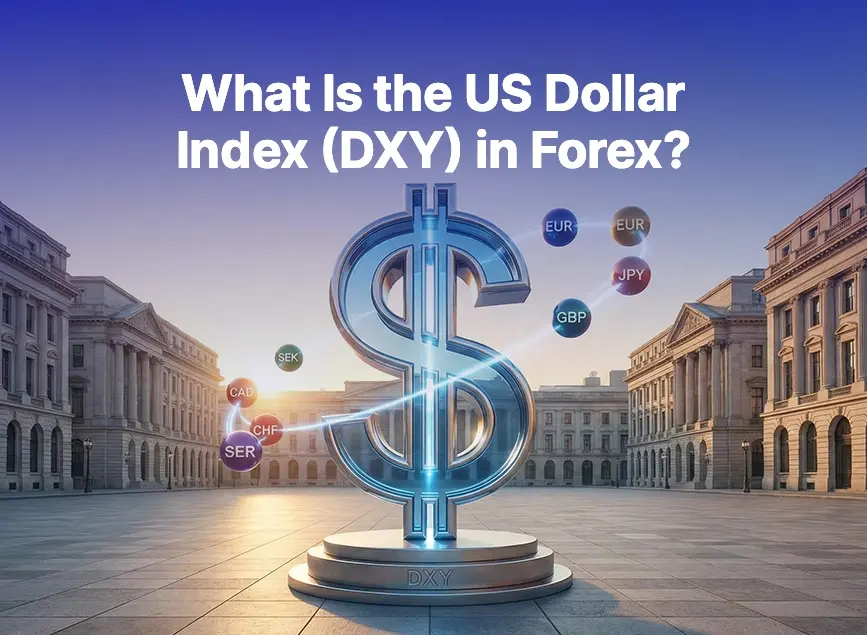
What Is the US Dollar Index (DXY) in Forex?
If you’ve spent any time exploring global markets, you’ve certainly heard about the US Dollar Index, known as DXY. For many beginner traders, it appears to be one of those...
Read more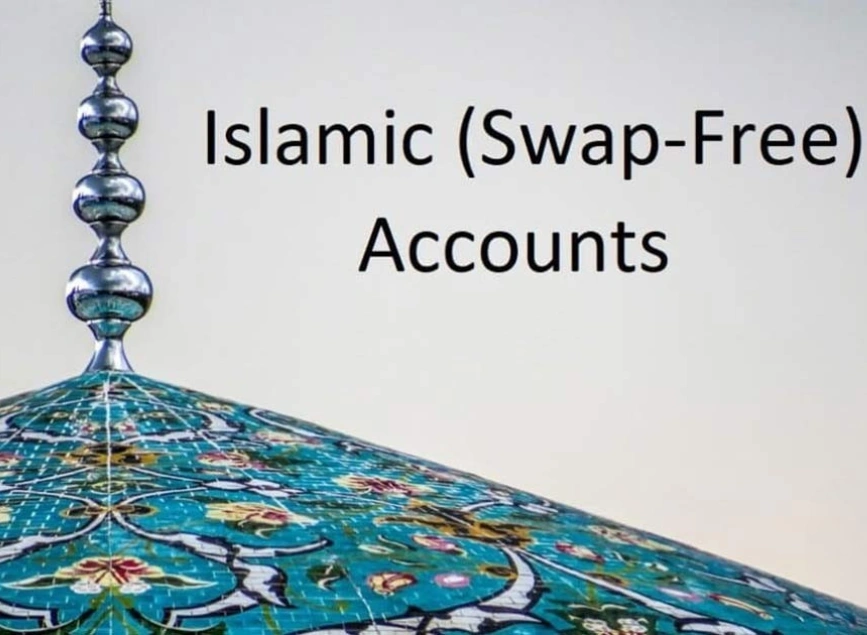
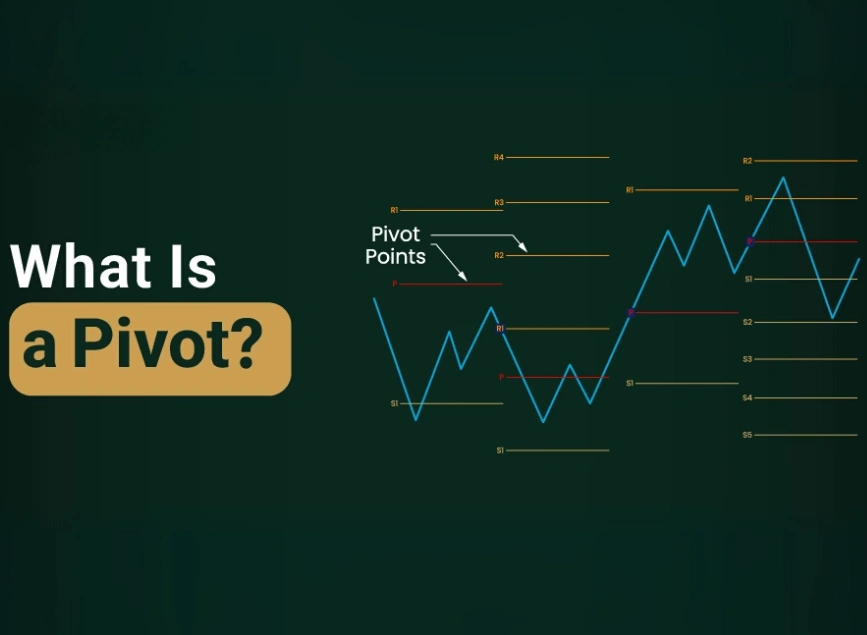

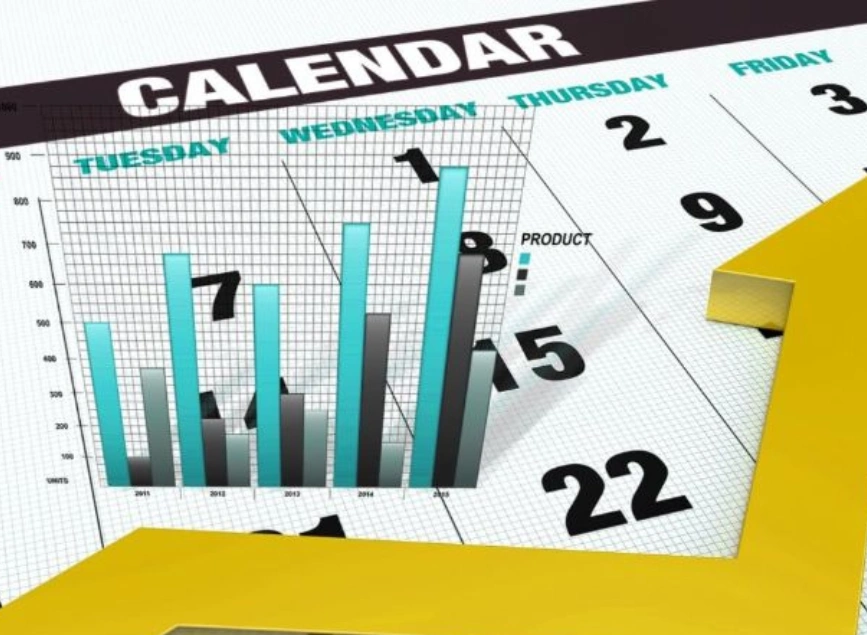
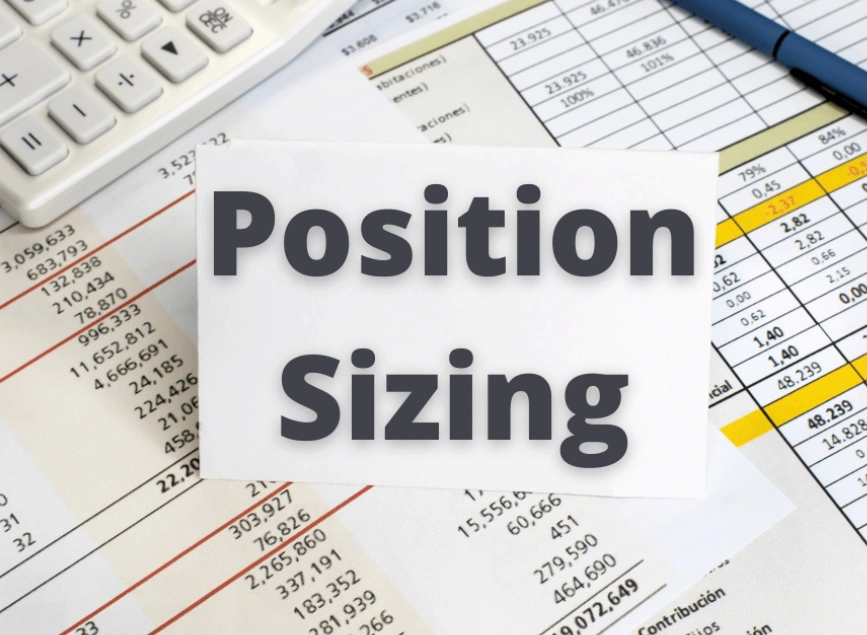
Submit comment
Your email address will not be published. Required fields are marked *